The Impact Of Urdu Poetry On Bollywood
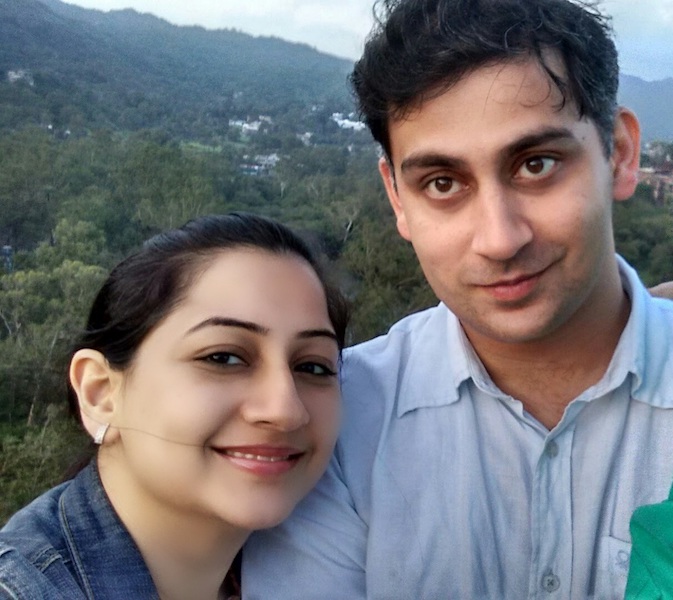
Sripriya & Avichal Chaturvedi
August 24, 2018
वो यार है जो खुशबू की तरह
वो जिसकी ज़ुबां उर्दू की तरह
My lover is like a fragrance in the air,
Her language, like Urdu, is beyond compare.
Living in the times of Chaar Botal Vodka and DJ Waale Babu, it’s easy to forget that the aforementioned lines by Gulzar celebrating Urdu belong to one of the biggest chart-busters Bollywood has ever produced. It won’t be surprising if in a few years Dil Se and Chhaiyan Chhaiyan feature in one of those Only 90s Kids Will Remember This memes. And yet, there’s a timeless quality to the song that is rooted as much in A R Rahman’s magical melody as it is in Gulzar sahab’s peerless poetry. Although the song’s lyrics include many complex Urdu words that aren’t always understood, they are still music to the ears. This is the magic of Urdu poetry at work. When you understand it, it’s beautiful. When you don’t, it is still sublime. However, the history of Urdu poetry in Bollywood goes beyond a few timeless songs. In fact, it goes back to the very beginning of talking pictures in India.
When Movies Met Poems
The origins of talkies in India can be traced to the theatre of the late 19th century, which was dominated by Parsi culture and patronage. The language of this theatre was Urdu, and this tradition gradually led to the production of the first talkie Alam Ara in 1931. The film was based on a Parsi play and featured the first song and dance routine in Bollywood. Urdu, from the very beginning, was the most important language of the talkies. Its use of official and administrative Persian terminology in the colloquial syntax of Hindustani made it appropriate for dramatic situations. Further, Urdu Shayari is primarily a spoken art form and therefore more suited to theatrical and cinematic adaptation. These adaptations, in turn, made Urdu poetry accessible and entertaining to an audience that reveres music as a part of its culture.
Along with music, poetry has been a strong medium of cultural and artistic expression in India. Even the Indian freedom struggle was characterised by poetic ethos, best epitomised by the poet-revolutionary Ram Prasad ‘Bismil’.
सरफ़रोशी की तमन्ना अब हमारे दिल में है
देखना है ज़ोर कितना बाज़ू-ए-क़ातिल में है
The flame of martyrdom keeps our hearts warm,
Now let’s test the strength of the assassin’s arm.
Owing to such cultural traditions, lyrical poetry was a part of Indian cinema since its inception. As Urdu was the lingua franca of artistic expression, Urdu poetry became indispensable to songwriters. Two of the earliest lyrical poets in Hindi cinema – Kidar Sharma and Dina Nath Madhok – perfectly symbolised this synergy between poetry and cinema. Kidar Sharma wrote the lyrics for several early classics of the 1930s and 1940s such as Devdas, Chitralekha and Baawre Nain. Similarly, Dina Nath Madhok directed many films and introduced legendary music director Naushad to the industry. However, he was primarily a poet who wrote the lyrics for movies like Pardesi, Bhakt Surdas, and Tansen.
(Image Credit: Still from Alam Ara via Live History India)
It Was The Best Of Times
The Golden Age of Indian cinema (late 1940s – 1970s) produced everlasting classics that would come to define entire genres of Hindi cinema. Ironically though, the cinema of this period was not exactly “Hindi” cinema. It can be more accurately called Hindustani or Hindi-Urdu cinema.
This was also the time when Urdu poetry went from being just a part of the cinematic experience to defining the very themes of the movies being produced. Although Urdu poets of the era belonged to different parts of the country, they were connected through a common network based in Mumbai (Bombay at the time). Stalwarts like Jan Nisar Akhtar (father of Javed Akhtar), Sahir Ludhianvi, Kaifi Azmi (father of Shabana Azmi), and Shakeel Badayuni, were either related or were close friends with each other. This clique also included several acclaimed movie-makers and music directors. Many famous Urdu poets like Akhtar ul Iman were also accomplished scriptwriters. Steeped in similar artistic traditions, they influenced one another and became equally important, if not equal parts of the movie-making process. Moreover, almost all lyricists of that time had formal training in Urdu poetry and were well-versed with its various forms like ghazal, nazm, qawwali etc. Their careers began in mushairas (Urdu poetry symposiums).
With such iconic poets at the helm of affairs, this era produced some of the best-written songs in the history of Hindi cinema. From romantic sonnets like Chaudhavin Ka Chand, to songs of desperate misery like Dekhi Zamane Ki Yaari, and qawwalis like Yeh Ishq Ishq Hai, this was truly the high noon of Urdu poetry in Bollywood. The following couplet by Sahir Ludhianvi from the movie Hum Dono, exemplifies what a naturally poetic time this was for cinema.
मैं ज़िन्दगी का साथ निभाता चला गया
हर फ़िक्र को धुंए में उड़ाता चला गया
ग़म और ख़ुशी में फ़र्क ना महसूस हो जहाँ
मैं दिल को उस मुक़ाम पे लाता चला गया
I accompanied life wherever it went,
blew up in smoke every torment,
Where joy and sorrow are indistinguishable,
I brought my heart to that journey’s end.
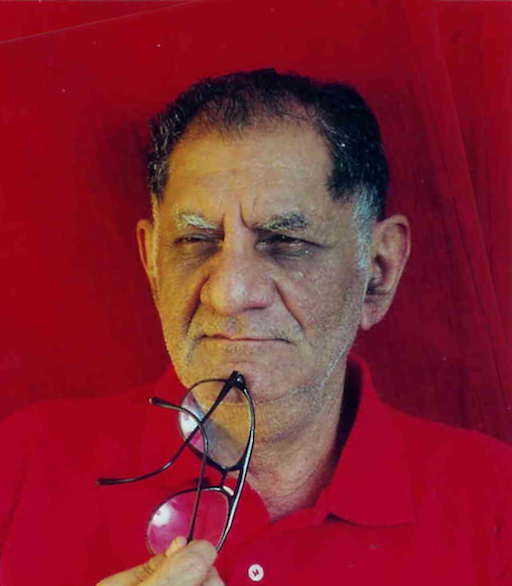
(Image Credit: Anand Bakshi by anand bakshi [CC BY-SA 3.0 ], from Wikimedia Commons)
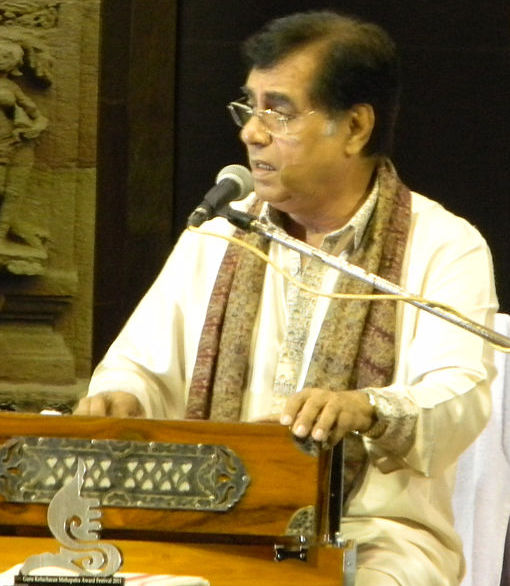
(Image Credit: Jagjit Singh by Krupasindhu Muduli [CC BY-SA 3.0 ], from Wikimedia Commons)
Times, They Were A-Changin’
The influence of Urdu poetry in Bollywood continued into the 1980s, with golden era poets like Kaifi Azmi, Majrooh Sultanpuri, Gulzar and Anand Bakshi still going strong. The advent of parallel cinema, commonly called “art films”, further gave opportunities to traditional poets such as Shahryar, who wrote the lyrics for Umrao Jaan and Gaman. Independent artists like Jagjit Singh, Ghulam Ali, Salma Agha also wrote tunes for famous Urdu ghazals. Many of these were used in movie soundtracks and gave us classics like Tum Itna Jo Muskura Rahe Ho and Chupke Chupke Raat Din.
However, around this time, there were two strong trends that progressively weakened the hold of Urdu poetry in Hindi cinema, and perhaps continue to do so.
The gradual opening up of the Indian economy led to an increased influence of Hollywood and Western music inspired genres like disco and later, hip-hop. These genres focused on more light-hearted lyrical themes, a trend that can still be seen in the current era of party numbers and Punjabi hip-hop artists. To speak plainly, movie-making has reacted to the demands of the market. In an era focused primarily on commercial outcomes, songwriters are prone to writing lyrics that are popular with the largest segment of the audience. This might explain how Anand Bakshi ji went from Chingari Koi Bhadke to Choli Ke Peechhe.
Another more unfortunate theme was an artificial distinction between Hindi and Urdu on religious grounds. Post-Partition, Pakistan adopted Urdu as its official language. This led to Urdu being defined as solely the language of Muslims. Nothing could be farther from the truth. Essentially Hindi and Urdu are the same spoken language expressed through different scripts. They are both successors of Hindustani, which was an amalgamation of spoken languages in North India. They have near identical syntax and only differ in their over-reliance on Sanskrit and Persian respectively, as the source of technical words. Nevertheless, overemphasis on this distinction has led to a rapid decline in the study of Urdu as a language, extending the same fate to traditional Urdu poetry.
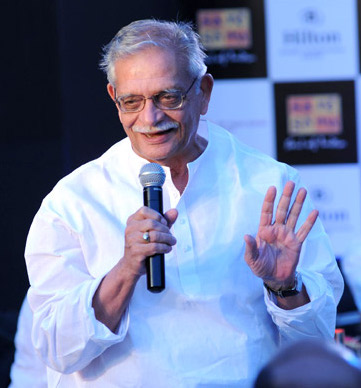
(Image Credit: Gulzar by Bollywood Hungama [CC BY 3.0 ], via Wikimedia Commons)
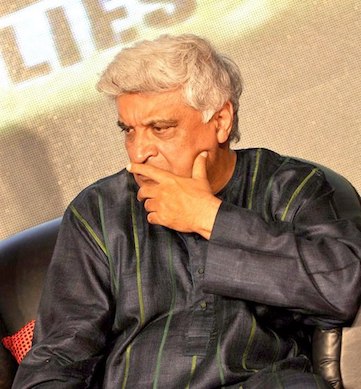
(Image Credit: Javed Akhtar by Bollywood Hungama [CC BY 3.0 ], via Wikimedia Commons)
(Not) The End
However, there is hope yet for Urdu lovers. Gulzar sahab is perhaps the biggest surviving symbol of this hope. He continues to pen songs retaining classical traditions of Urdu poetry, but with an updated vocabulary that resonates with the current generation.
ये कहने में कुछ risk है यारम
नाराज़ ना हो, इश्क़ है यारम
There are others too who effortlessly transcend the boundary between classical and commercial. Javed Akhtar has moved on from script writing and explored his lyrical side with great success during the last two decades. He has enhanced his familial legacy of traditional poetry by adding a dash of modern informality to it. Irshad Kamil is well known for writing Sufi classics like Kun Faya Kun, but has at the same time penned the commercially viable Second Hand Jawani. Piyush Mishra is known for maintaining his tryst with Urdu while also flirting with the subaltern lingo of his times. Amitabh Bhattacharya can write both the irreverent Bhaag DK Bose and the poignant Shikayatein.
So, although we may be living in the times of Aunty Police Bula Legi, to say that Urdu poetry has lost its relevance in Bollywood would be wrong. The audience has not changed; it has merely expanded in an increasingly interconnected age. The vocabulary may need to metamorphose to include more contemporary references. But that’s not a great tragedy for Urdu. All living languages are dynamic. Those that are not, soon fall out of vogue. Thanks to the many talented songwriters still around, Urdu poetry is unlikely to meet that fate.
Here’s to another golden era of Urdu poetry in Hindi cinema.

Sripriya and Avichal Chaturvedi believe that Indian poetry is rich, diverse and powerful. They're a couple of cohorts in tandem, currently traversing the length and breadth of Rajasthan, and translating the best of Hindi/Urdu verse for poetry lovers everywhere. Their translations can be read on Facebook and Instagram.
Read their articles, here.

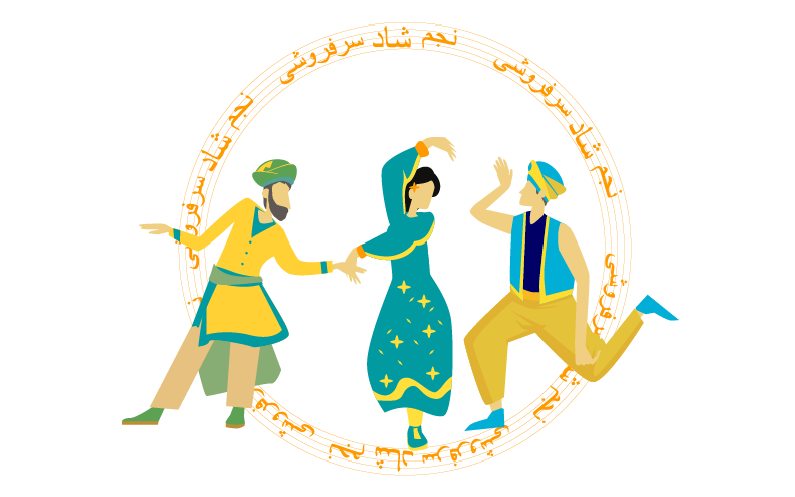
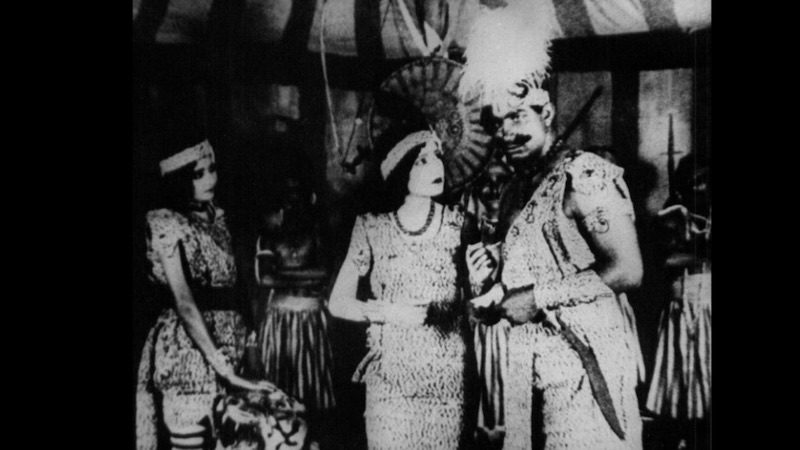
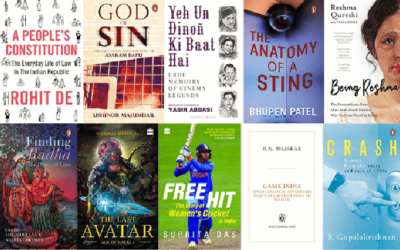
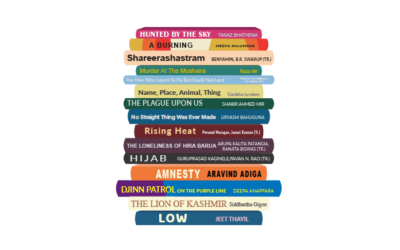
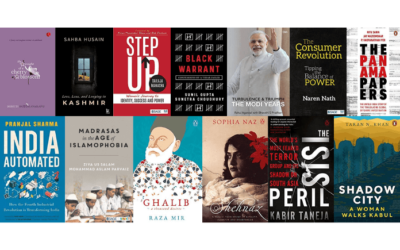
Dear Sripriya and Avichal,
What a positive and well thought out article. I enjoy the film songs that you guys have mentioned and rue the fact that such gems are not reproduced anymore.
Thanks for the trip down the memory lane!
Dear Asha Krishna,
We are humbled by your kind words, and glad that the article resonated with you. Thank you. Wish you a beautiful 2019!
Sripriya & Avichal
Aah, nostalgia is not what it used to be! While Shakeel and Sahir kept movie lyrics almost on par with serious shayari, Kavi Neeraj and Pradeep gave us a taste of beautiful Hindi poetry. Alas, now it is all botal and party. I think the decline of good Urdu poetry in Bollywood is part of the general decline – music has suffered as much as lyrics. While the 50s was the truly classic golden period with Naushad-SD-SJ-OP, while the 60s was like the gilded lily with LP-Ravi-Roshan joining in. It was still melodious, and to my generation probably the optimal style as the music a little more accessible than the classical 50s, but it was a slippery slope. The 70s was swinging with RD-KA-LP, but we hit rock bottom in the 80s with Bhappi Lahiri. Mindless violence, obscene songs, and vulgar comedy started a vicious cycle with dumbed-down movie-goers. Wonder how much lower it can sink.